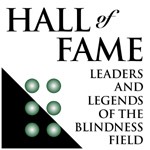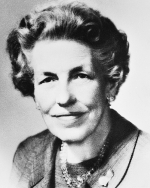Mary Elizabeth Switzer
Inducted 2002
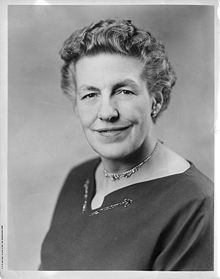
Mary Elizabeth Switzer (1900-1971) was born in Massachusetts of Irish immigrants. She graduated from Radcliffe College in 1921 with a major in International Relations. Her first few jobs after graduation were with the Minimum Wage Board, Treasury Department, Public Health Service, and the Federal Security Agency. It was her association with Dr. Howard Rusk who was developing the field of rehabilitation medicine that stimulated her life-long passion for rehabilitation.
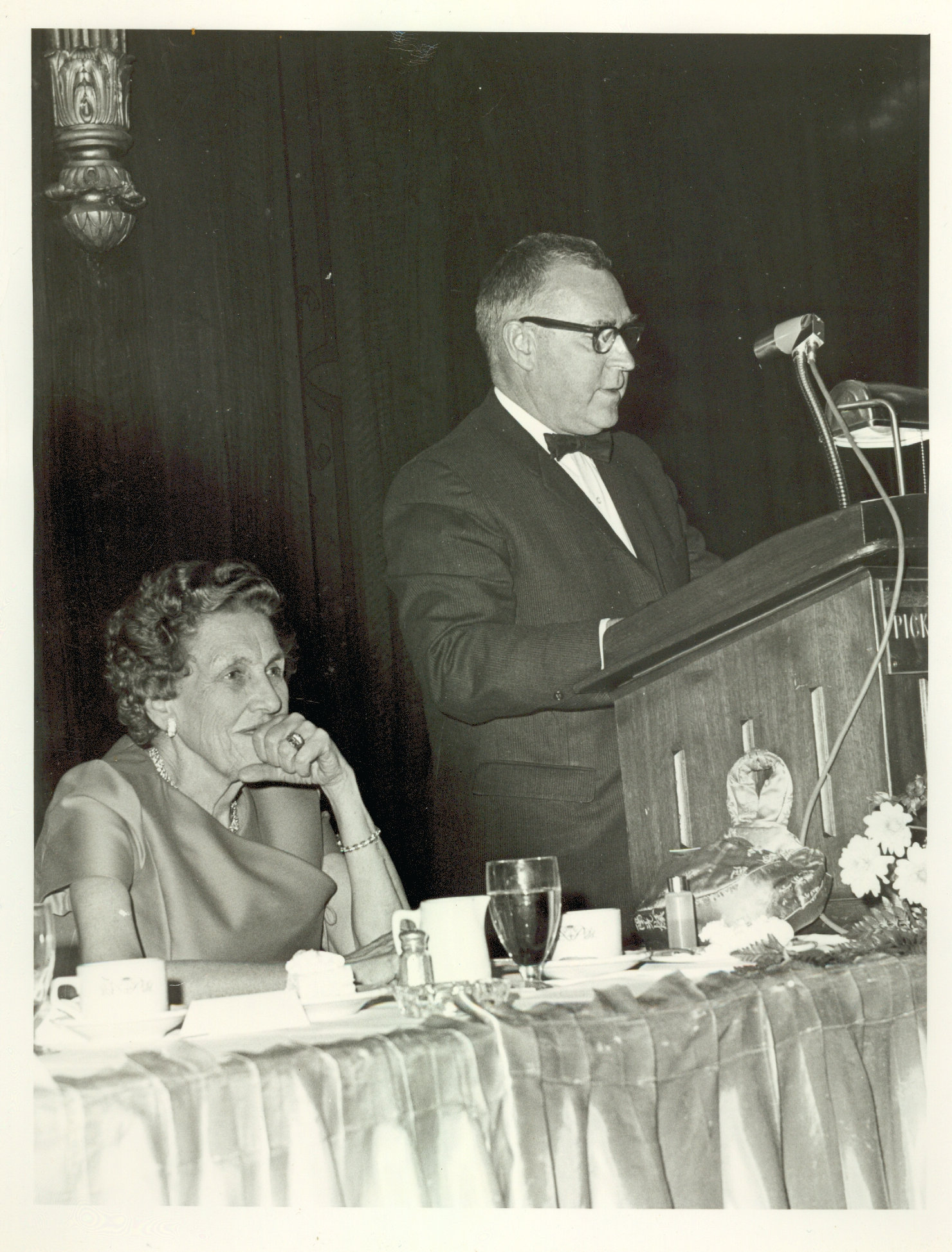
At various times, Mary Switzer served as Director of the Office of Vocational Rehabilitation, Commissioner of the Vocational Rehabilitation Administration and the first Administrator of the Social and Rehabilitation Service of HEW. In 1954 she shaped the Vocational Rehabilitation Act, referred to as the Magna Carta in the work for the handicapped. Amendments to this act would put vitality into the State-Federal program for the blind. She handled such varied responsibilities from keeping a lid on germ warfare during World War II to managing a budget of seven billion dollars, and was known as an "accomplished cutter of red tape."
Under Mary Switzer’s administration there was a great expansion of vocational rehabilitation service under state-federal matching funds, resulting ultimately in tripling the number of yearly rehabilitation of blind clients. One of the extraordinary aspects of her administrative genius is that she was able to say a good word for the general approach without losing the affection of workers for the blind. During the fifteen years she presided over meetings of the National Advisory Council, 183 projects concerning blindness were approved. Some of these research projects were in the areas of mobility including electronic travel aids, the translation of print to braille, optical aids, artificial sight, and work with the deaf-blind.
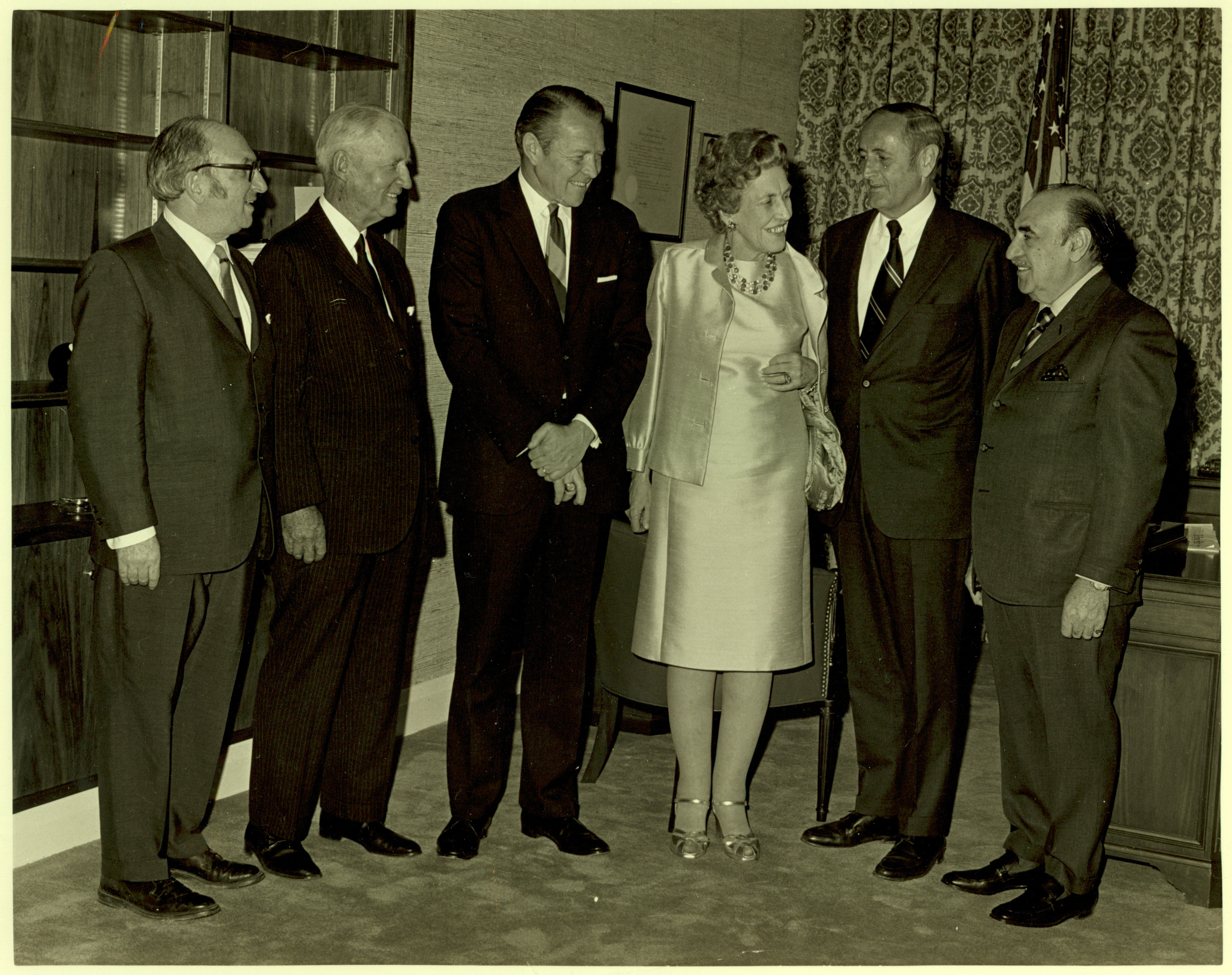
The breadth and humanity of Mary Switzer are stamped forever on the passage of Public Law 565 with its research and demonstration features, its concern for rehabilitation education, its mandate to construct necessary rehabilitation facilities, its totally new characteristic of international efforts and cooperation regarding rehabilitation, and perhaps, above all, in its expanded funding base for more personnel and programs for those in need of rehabilitation services. She retired in 1970 as the highest ranking female bureaucrat in the federal government.
Mary Switzer was active in many professional organizations including serving as President of the National Rehabilitation Association (1960-61) and participating in the World Rehabilitation Fund. Among her many national and international awards, she was the recipient of AAWB’s Ambrose M. Shotwell Memorial Award in 1962 for her outstanding contribution to the rehabilitation of blind persons, one of the first outside the blindness field to be so honored. Three different buildings have been named in her honor. She was awarded honorary degrees from six universities and from Gallaudet and Russell Sage Colleges.
Photos: Mary Switzer and Richard Hoover at banquet, ca. 1965; Mary Switzer retirement dinner, 1970
The Comfort of the Shared Burden
Delivered by Mary E. Switzer
The Donald H. Dabelstein Memorial Lecture
A Reflection of the History of Vocational Rehabilitation
1965.
